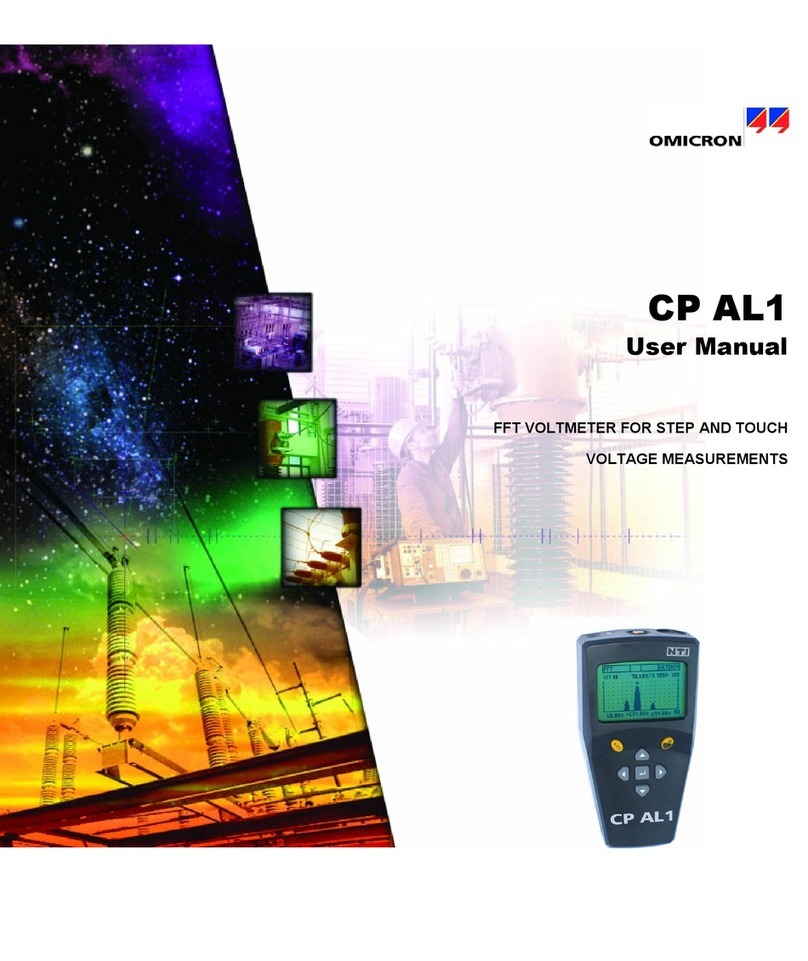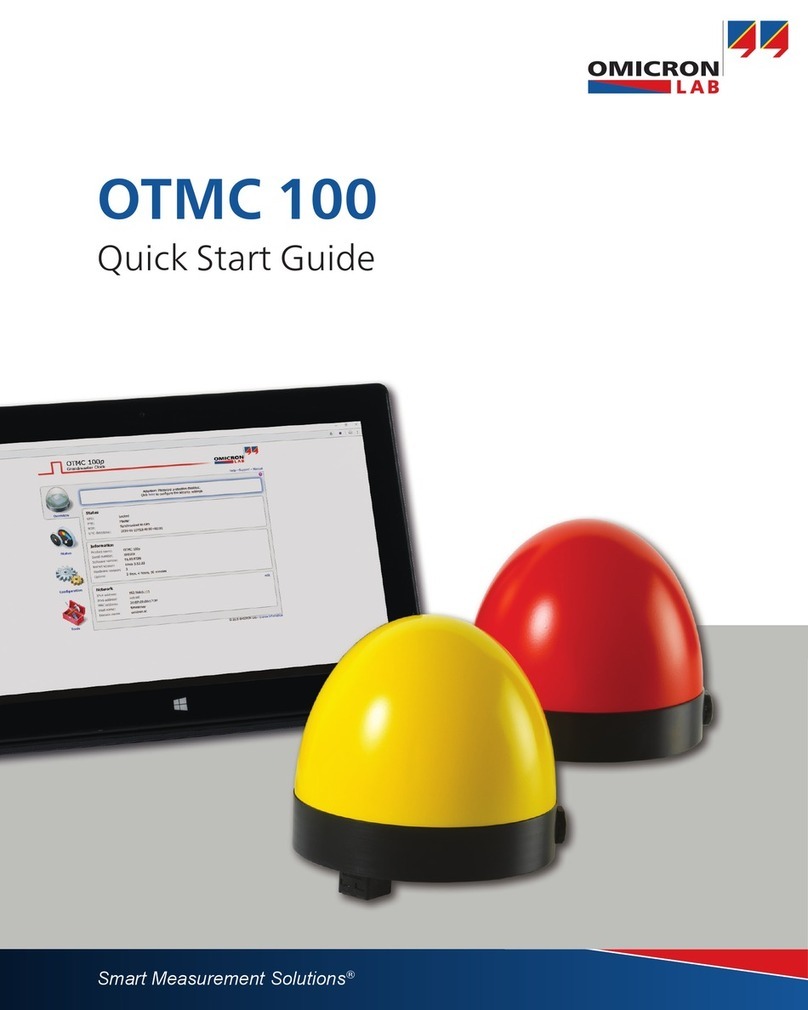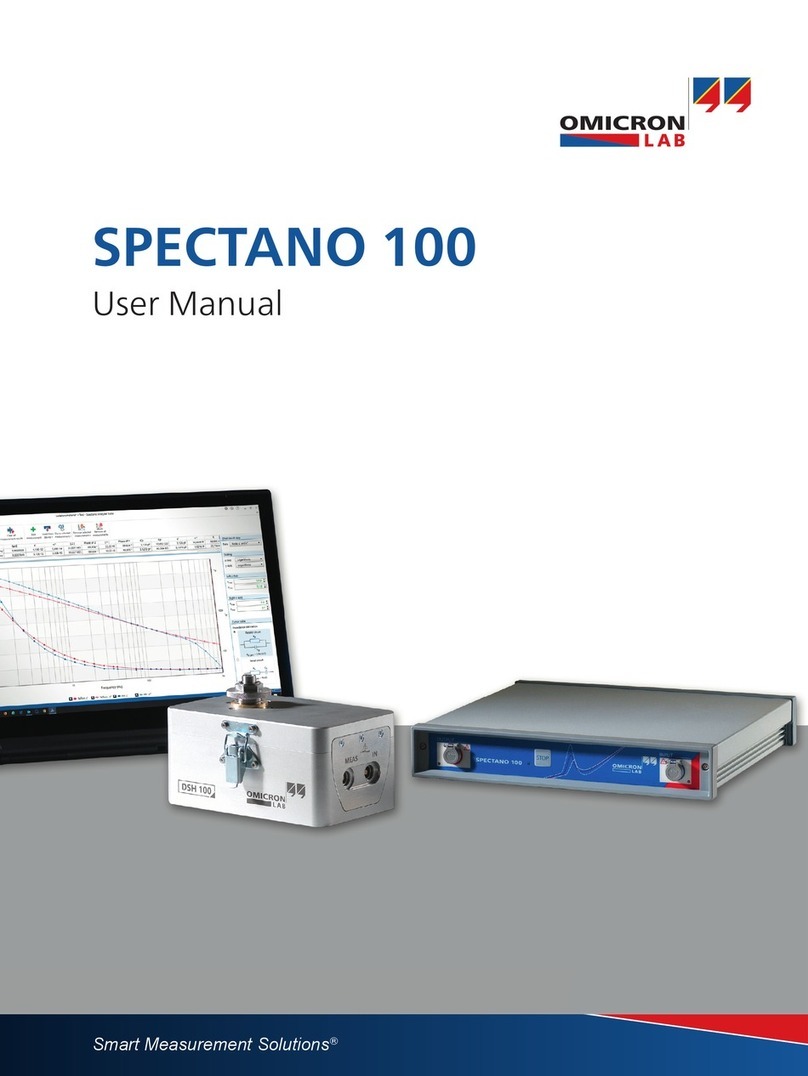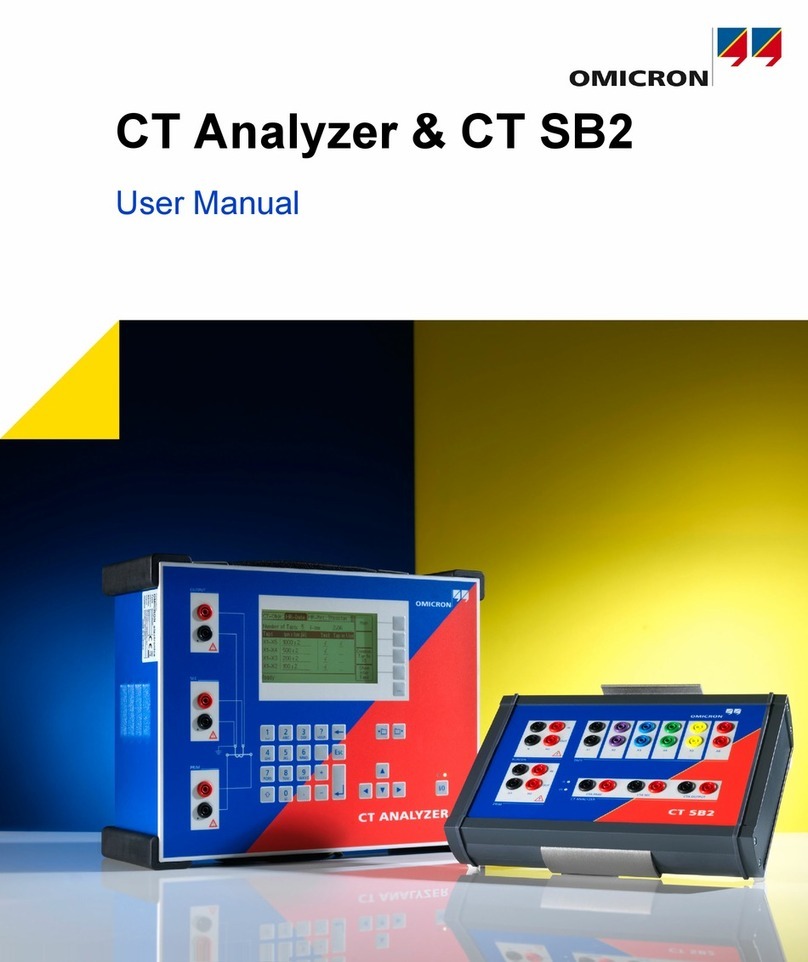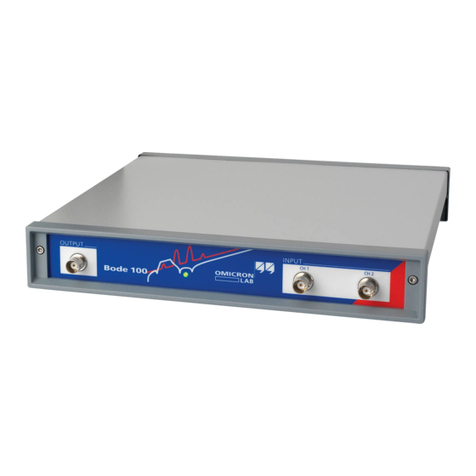
SPECTANO 100 User Manual
2
7.2.2 Preparation of liquid test material and filling the test cell . . . . . . . . . . . . . . . . . 23
8 Setup improvements. . . . . . . . . . . . . . . . . . . . . . . . . . . . . . . . . . . . . . . . . . .24
8.1 Error correction . . . . . . . . . . . . . . . . . . . . . . . . . . . . . . . . . . . . . . . . . . . . . . . . . 24
8.2 Electrodes for solid dielectric material analysis . . . . . . . . . . . . . . . . . . . . . . . . . 25
8.2.1 Thin film electrodes or coating . . . . . . . . . . . . . . . . . . . . . . . . . . . . . . . . . . . . . 26
8.2.2 Guard electrodes . . . . . . . . . . . . . . . . . . . . . . . . . . . . . . . . . . . . . . . . . . . . . . . 26
8.3 Stable environment . . . . . . . . . . . . . . . . . . . . . . . . . . . . . . . . . . . . . . . . . . . . . . 28
8.4 Shielding of low signal measurements . . . . . . . . . . . . . . . . . . . . . . . . . . . . . . . 28
9 Installation . . . . . . . . . . . . . . . . . . . . . . . . . . . . . . . . . . . . . . . . . . . . . . . . . . .29
9.1 Install SPECTANO Analyzer Suite . . . . . . . . . . . . . . . . . . . . . . . . . . . . . . . . . . 29
9.2 Power up SPECTANO 100 . . . . . . . . . . . . . . . . . . . . . . . . . . . . . . . . . . . . . . . . 30
9.3 Connect SPECTANO 100 to the computer . . . . . . . . . . . . . . . . . . . . . . . . . . . . 30
9.4 Connect SPECTANO 100 to a test object . . . . . . . . . . . . . . . . . . . . . . . . . . . . . 31
9.4.1 Typical setup for a test cell with guard ring. . . . . . . . . . . . . . . . . . . . . . . . . . . . 34
9.4.2 Typical setup for a test cell without guard ring . . . . . . . . . . . . . . . . . . . . . . . . . 35
9.5 Connect SPECTANO 100 to the DTS1 dielectric test sample box . . . . . . . . . . 37
10 SPECTANO Analyzer Suite. . . . . . . . . . . . . . . . . . . . . . . . . . . . . . . . . . . . . .39
10.1 Start view. . . . . . . . . . . . . . . . . . . . . . . . . . . . . . . . . . . . . . . . . . . . . . . . . . . . . . 39
10.2 Create a new test. . . . . . . . . . . . . . . . . . . . . . . . . . . . . . . . . . . . . . . . . . . . . . . . 41
10.3 Perform measurements . . . . . . . . . . . . . . . . . . . . . . . . . . . . . . . . . . . . . . . . . . . 43
10.4 Perform air reference measurements . . . . . . . . . . . . . . . . . . . . . . . . . . . . . . . . 44
10.4.1 Measurement procedure. . . . . . . . . . . . . . . . . . . . . . . . . . . . . . . . . . . . . . . . . . 44
10.4.2 Correction procedure . . . . . . . . . . . . . . . . . . . . . . . . . . . . . . . . . . . . . . . . . . . . 46
10.4.3 Correction logic and calculation . . . . . . . . . . . . . . . . . . . . . . . . . . . . . . . . . . . . 46
10.5 Perform analysis . . . . . . . . . . . . . . . . . . . . . . . . . . . . . . . . . . . . . . . . . . . . . . . . 47
10.6 View measurement results . . . . . . . . . . . . . . . . . . . . . . . . . . . . . . . . . . . . . . . . 47
10.6.1 Numerical results . . . . . . . . . . . . . . . . . . . . . . . . . . . . . . . . . . . . . . . . . . . . . . . 48
10.6.2 Graphical result view . . . . . . . . . . . . . . . . . . . . . . . . . . . . . . . . . . . . . . . . . . . . 49
10.6.3 Result view controls . . . . . . . . . . . . . . . . . . . . . . . . . . . . . . . . . . . . . . . . . . . . . 50
10.7 Settings . . . . . . . . . . . . . . . . . . . . . . . . . . . . . . . . . . . . . . . . . . . . . . . . . . . . . . . 51
10.8 Commands . . . . . . . . . . . . . . . . . . . . . . . . . . . . . . . . . . . . . . . . . . . . . . . . . . . . 56
10.9 Home view . . . . . . . . . . . . . . . . . . . . . . . . . . . . . . . . . . . . . . . . . . . . . . . . . . . . . 59
10.10Load from the device . . . . . . . . . . . . . . . . . . . . . . . . . . . . . . . . . . . . . . . . . . . . . 61
10.10.1 Automatic load from the device . . . . . . . . . . . . . . . . . . . . . . . . . . . . . . . . . . . . 61
10.10.2 Manual load from device. . . . . . . . . . . . . . . . . . . . . . . . . . . . . . . . . . . . . . . . . . 61
11 Troubleshooting . . . . . . . . . . . . . . . . . . . . . . . . . . . . . . . . . . . . . . . . . . . . . .62
11.1 USB connection and/or power supply is missing. . . . . . . . . . . . . . . . . . . . . . . . 62
11.2 Lost communication. . . . . . . . . . . . . . . . . . . . . . . . . . . . . . . . . . . . . . . . . . . . . . 62
11.3 Measuring small capacitances – increased noise level . . . . . . . . . . . . . . . . . . . 62
11.4 Backup file . . . . . . . . . . . . . . . . . . . . . . . . . . . . . . . . . . . . . . . . . . . . . . . . . . . . . 63
. . . . . . . . . 26. . .
. . . . . . . . . . . 28. . . . . . 28
. . . . . . . . . . . . . 28. . . . . . . . 2
. . . . . . . . . . . . .29. . . . . . .2
. . . . . . . . . . . . . . . . . . . 29. . . . . . . . . . . . . . .
. . . . . . . . . . . . . . . . . . . . . . 3. . . . . . . . .
. . . . . . . . . . . . . . . . . . . . . . .. . . . . . . . . . . .
. . . . . . . . . . . . . . . . . . . . . . .. . . . . . . . .
d ring. . . . . . . . . . . . . . . . . . . . .. . . . . . . . . . . . . . . .
t guard ring . . . . . . . . . . . . . . . .d ring . . . . . . . . . . .
dielectric test sample boxectric test sa
. . . . . . . . . . .. . . .
. . . . . . . . . . . . . . . . . . . . . . .. . . . . . . . . . . . . .
. . . . . . . . . . . . . . . . . . . . . .. . . . . . . . . . . . . .
nts . . . . . . . . . . . . . . . . . . . . .nts . . . . . . . . . . . . . .
nce measurements . . . . . . .measurements . .
ement procedure. . . . . . . . . . . .procedure. . . . . . .
ection procedure . . . . . . . . . . . .cedure . . . . .
orrection logic and calculation . .and calcula
rm analysis . . . . . . . . . . . . . .ysis . . . . . . . . . .
w measurement results . . .asurement resul
10.6.1 Numerical results . . . .umerical re
10.6.2 Graphical result view6.2 Graphical res
10.6.3 Result view contro6.3 Result v
10.7 Settings . . . . . . . . .7 Settings . . . . .
10.8 Commands . . . .10.8 Comman
10.9 Home view . .10.9 Home v
